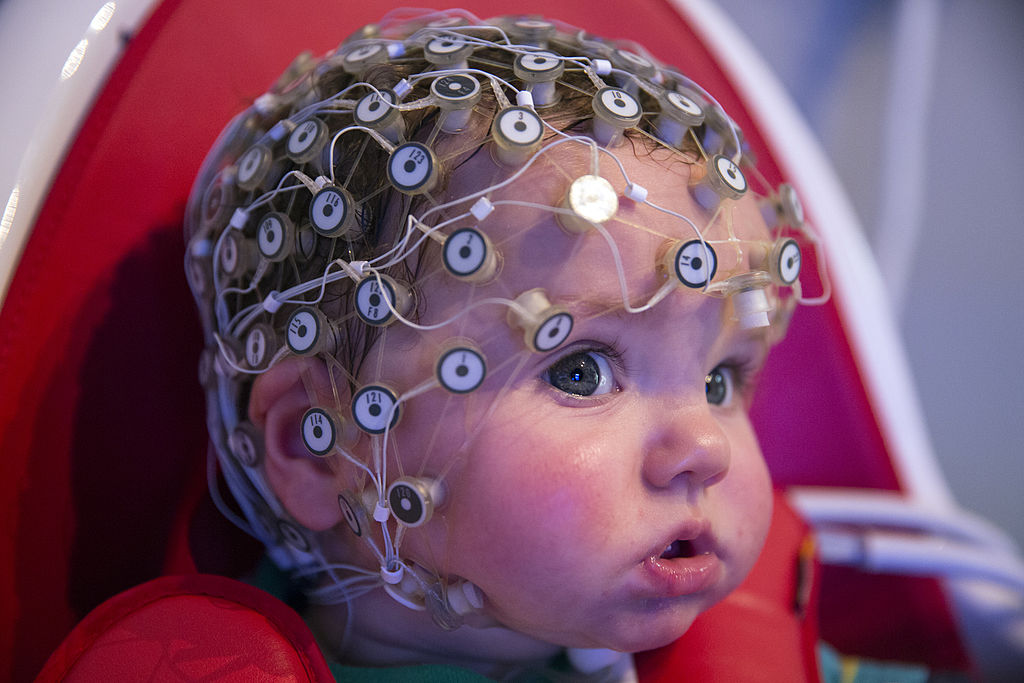A lab grown miniature human brain like structure has survived for over a year after the the structure was sliced so oxygen and other nutrients could reach the cells

Lab-Grown Miniature Human Brain-like Structure Survives Over a Year After Being Sliced

A lab-grown miniature human brain-like structure, also known as a brain organoid, has achieved an astonishing feat - it has survived for over a year even after being sliced. This groundbreaking accomplishment opens up new possibilities for research and understanding of the human brain.
The brain organoid, developed by a team of scientists, was originally grown as a three-dimensional model that closely resembles a small human brain. While previous studies have successfully maintained brain organoids for several months, this latest achievement extends the lifespan of these structures significantly.
To sustain the brain organoid’s survival for an extended period, the researchers decided to carefully slice the structure. By doing so, they provided a gateway for essential oxygen and other nutrients to reach the cells, enabling them to thrive. This breakthrough technique effectively mimics the circulation system found in living organisms, ensuring the brain organoid’s longevity.

The implications of this remarkable development are immense. Brain organoids are invaluable tools in neuroscience research, allowing scientists to study aspects of the human brain that were previously inaccessible. They provide a unique platform to investigate brain development, neurological disorders, and even potential treatments.
By maintaining these brain organoids for an extended period, researchers can now observe their growth and functionality over longer timescales. This long-term perspective offers a more comprehensive understanding of brain development and aids in the exploration of various neurological conditions.
The implications extend beyond research and into the realm of personalized medicine. Brain organoids derived from individuals with specific diseases or genetic mutations can be cultivated and used to study the underlying mechanisms of those conditions. This approach holds promise for developing targeted therapies and personalized treatment options in the future.
While the technique of slicing brain organoids to enhance their survival seems counterintuitive, it has proven to be a game-changer in the field of neuroscience. The ability to keep these lab-grown structures alive and functional for an extended period brings us closer to unlocking the mysteries of the human brain.
Although this groundbreaking study is a significant leap forward, further research is essential to explore the full potential of brain organoids. It is crucial to continue refining this technique and expanding our knowledge to fully harness the benefits of this innovative technology.
Source: New Scientist
Share
Related Posts
Quick Links
Legal Stuff

